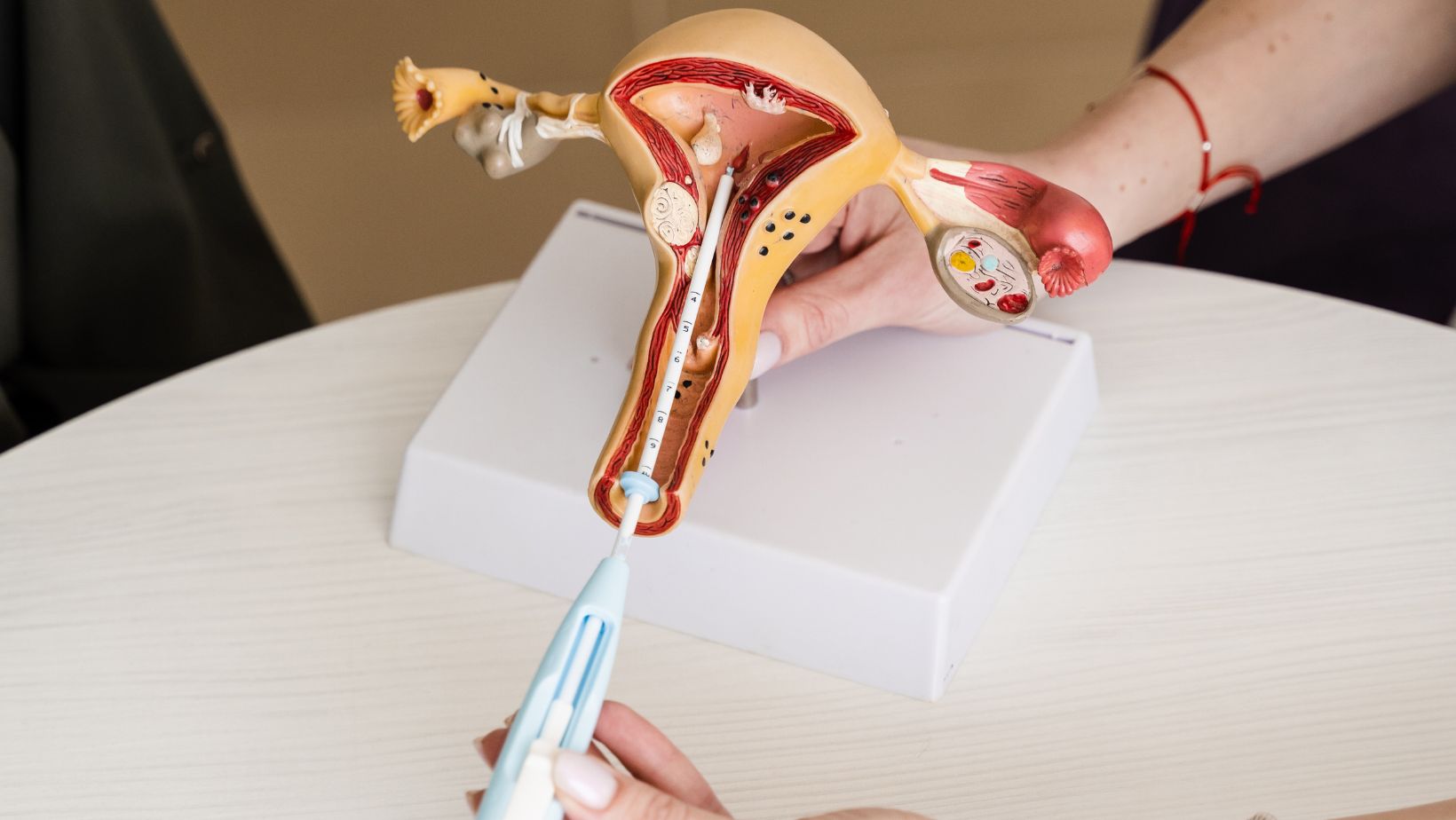
Embarking on the journey of Intrauterine Insemination (IUI) can be both hopeful and intimidating for couples facing fertility challenges.
Understanding the success rates of IUI is pivotal in setting realistic expectations and making informed decisions. Let’s delve into the nuances of Intrauterine Insemination success rates and the factors that influence them.
A Closer Look at Intrauterine Insemination
Intrauterine Insemination is a fertility treatment that involves placing sperm directly into a woman’s uterus during ovulation, aiming to enhance the sperm’s chances of meeting and fertilizing an egg.
This method is less invasive and more cost-effective compared to other assisted reproductive technologies like in vitro fertilization (IVF).
Demystifying IUI Success Rates
IUI success rates vary, influenced by numerous factors such as age, fertility issues, and the use of fertility drugs. Typically, the success rate per cycle ranges from 10 to 20 percent.
It’s important to note that these rates are not definitive and can vary widely based on individual circumstances.
The Significant Factor of Age
Age significantly impacts Intrauterine Insemination success rates. Women under 35 years often experience higher success rates, generally between 15 to 20 percent per cycle.
As women age, particularly after 40, the success rates tend to decline, sometimes falling to as low as 5 percent, due to the decreased quality and quantity of eggs.
Fertility Issues at Play
The type and severity of fertility issues can also sway the success rates of Intrauterine Insemination. For instance, couples dealing with mild male factor infertility or mild endometriosis may find IUI to be effective.
However, in cases of severe male infertility or advanced endometriosis, the success rates of IUI may be lower, prompting consideration of alternative treatments like IVF.
The Role of Fertility Drugs
Fertility medications play a crucial role in enhancing Intrauterine Insemination success rates. Drugs such as Clomid or gonadotropins help stimulate ovulation, increasing the number of eggs available for fertilization.
This pharmacological boost can significantly improve the chances of pregnancy through Intrauterine Insemination.
Considering Multiple Cycles
The cumulative success rate of Intrauterine Insemination increases with multiple cycles.

While a single cycle may offer a success rate of 10 to 20 percent, undergoing three to six cycles can raise the cumulative success rate to 40 to 60 percent, offering hope to many couples.
Personalised Approach to IUI
The journey to conception via Intrauterine Insemination is profoundly personal and varies from one individual to another.
Factors like the couple’s overall health, the fertility clinic’s expertise, and the specific fertility issues at hand contribute to the success of the treatment.
Final Remarks
While Intrauterine Insemination success rates provide a statistical glimpse into the potential for achieving pregnancy, the personal journey of fertility is unique for each individual.
A comprehensive evaluation by fertility specialists, coupled with a clear understanding of the influencing factors, can pave a hopeful path for couples embarking on the IUI journey.
Embracing the process with realistic expectations and informed decisions is crucial in navigating the complex terrain of fertility treatments.













